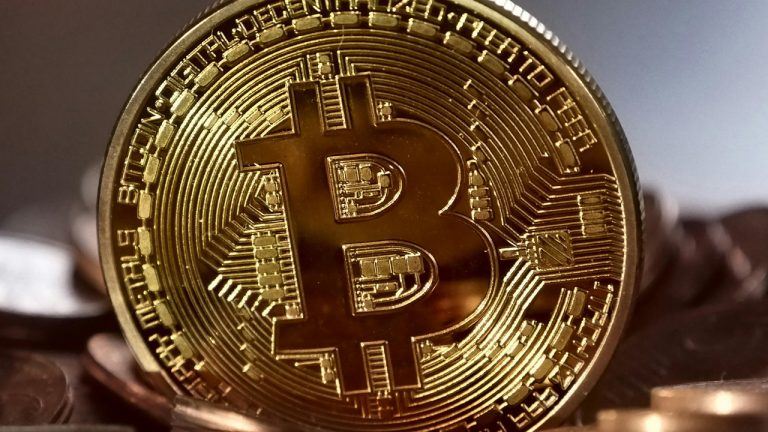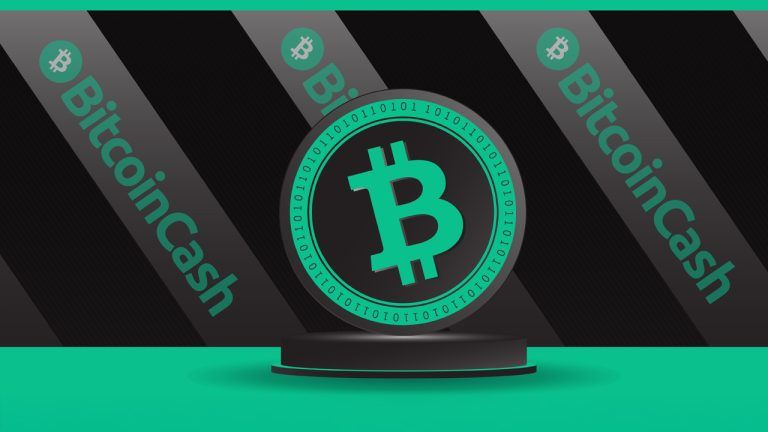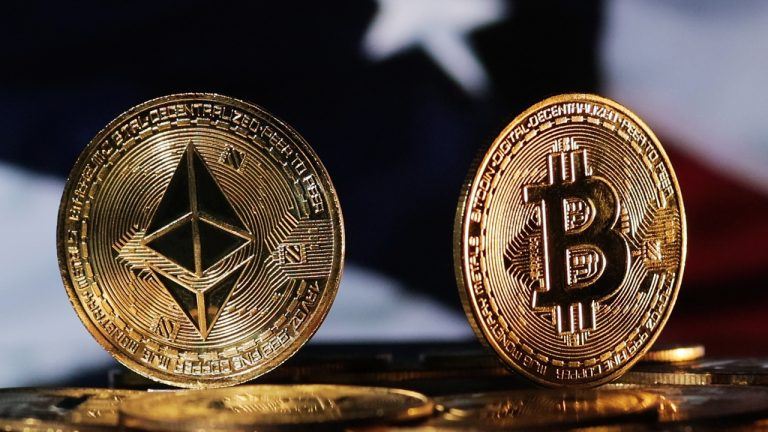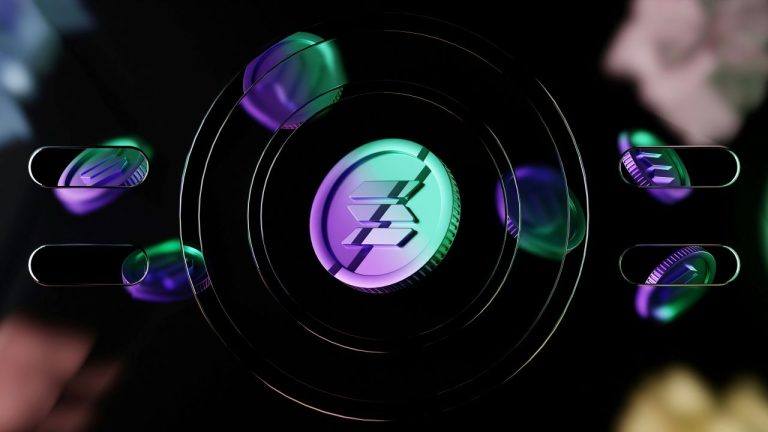Introduction
In this crypto space, it is all about innovation. One of the key innovations today is the development of stablecoin mechanisms. The types of stablecoin mechanisms today are so varied that 2017's classification is not applicable. Today, stablecoin is more than just the classification of on-chain collateral, off-chain collateral and algorithmic stablecoin.In addition, stablecoins have different objectives and reasons for existence. Because of these varying objectives, different types of stablecoins were born. Many of them have failed and only a few familiar faces remain. In this article, we share how to discuss the stablecoin toolkit to classify stablecoins.
2017 Stablecoin Mechanisms
In 2017 there was a very brilliant report that classified stablecoins into three kinds of mechanisms. It is not available anymore, but it was a popular article that everyone quoted.
1. On-chain stablecoins
These are coins like $DAI from MakerDAO where you take and keep on-chain assets like $ETH, $USDC, $YFI or $LINK. Then create stablecoins out of it. You take on-chain assets and use them as collaterals to mint $DAI.
2. Off-chain collateral
Off-chain collateral is where you give your money to someone and get the equivalent amount in crypto. Let's say you give a 5 USD note to a company then that company gives you 5 crypto $USD. An example is $USDC which is managed by Coinbase — you send USD to Coinbase and it gives you crypto USD. Every 1 $USDC is backed by 1 USD in the Coinbase bank.
3. Algo stablecoins
Algo stablecoins can be classified as different kinds of rebasing mechanisms. Examples are $UST (TerraUSD on the $LUNA network), or Amperforth, as well as mechanisms like Empty Set Dollar and Dynamic Set Dollar. $FEI is also considered algo stablecoin. We did the recent analysis here.
2021 Stablecoin Mechanism
Today, we have a better way to classify these mechanisms. Shoutout to Amani Moin, Emin Gün Sirer and Kevin Sekniqi for their great research paper.
Reserves
Most of these stablecoins are backed by reserves. Just like after World War II when the world economy was recovering, and a lot of currencies were volatile. Money was backed by gold and every central bank had gold in the bank. When they printed currency like 1 USD, it was worth that amount of gold in the reserve. This means that the stablecoin can be redeemed for the underlying reserve.The reserves then were gold but today it could be a lot of things like on-chain collaterals or off-chain collaterals. It could be like a MakerDAO where you have a lot of different kinds of currencies like $ETH, $YFI or $AAVE. Or it could be off-chain collaterals like gold, US dollars, Japanese yen, etc. Reserves are used to create mechanisms to determine stablecoins with low volatility.
Dual Token
When we talk about stablecoins, we are talking about a coin with low volatility or a coin that does not move much. But the truth is that a lot of things actually do still move and there is a lot of volatility in the space.The dual token model has one token that is stable while the other token absorbs the volatility. When prices go up or down the secondary token absorbs the volatility. The secondary token could do a lot of other things but the main purpose is to absorb volatility so that it does not impact the stablecoin.
Algo stablecoins
An algo stablecoin is about creating a stablecoin defined by math. The math changes according to different market changes, to allow the stablecoin to remain at its peg value (e.g., $1).You can change the math if you want (e.g., multi-sig governance) or if the governance votes for it (e.g., DAO). Algo stablecoins come in many different types. You have a rebasing model, a bond-like model, and a debt-like model.
Mixed
A mixed mechanism is a combination of two or a combination of all of the mechanisms; these mechanisms need not exist alone. In stablecoins, one mechanism is not the end and you can mix them up because they serve different kinds of purposes and have a different kind of volatility. You can hedge against volatility in a variety of ways.Thus, we have four mechanisms in 2021. TLDR:Although, stablecoin is no stranger to many people, it is still developing and improving the existing advantages — from creating the first stablecoins to having them automatically adjust to the market. These adaptations are something to be proud of, but is every market phase the same? As we can see, the Stablecoin market is a "play ground" for projects that fully answer the three questions above. In the future, we will see a variety of complex stablecoins, including many tools that aid in securing the anchor. This is a topic that will be discussed further in the future.
[link] [comments]

You can get bonuses upto $100 FREE BONUS when you:
💰 Install these recommended apps:
💲 SocialGood - 100% Crypto Back on Everyday Shopping
💲 xPortal - The DeFi For The Next Billion
💲 CryptoTab Browser - Lightweight, fast, and ready to mine!
💰 Register on these recommended exchanges:
🟡 Binance🟡 Bitfinex🟡 Bitmart🟡 Bittrex🟡 Bitget
🟡 CoinEx🟡 Crypto.com🟡 Gate.io🟡 Huobi🟡 Kucoin.




















Comments